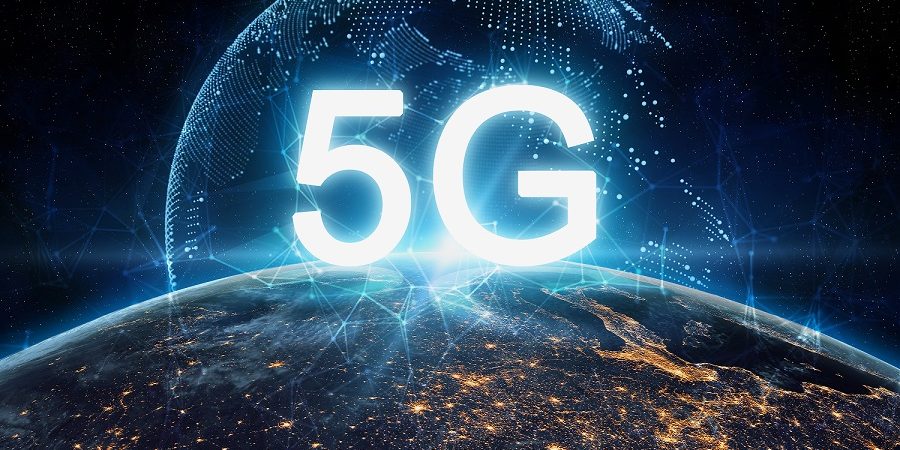Jose Otero, Vice President for Latin America and the Caribbean, 5G Americas, gives us a glimpse into the future communications landscape in the region.

5G is the latest technological development available in the telecommunications sector, and the entire community connected to this sector closely monitors its progress.
We also know that telecommunications are a strategic sector for countries and enable many economic sectors in a world fully inserted in the digital economy.
For this reason, there is great interest in Latin America in understanding how to deploy this technology.
Advancements
Experts indicate that by the end of 2021, 5G connections in Latin America amounted to approximately 2 million.
It is a fast developing number considering that the number of 4G lines were more than 400 million and HSPA (3G) lines were about 200 million, according to Omdia.
The projections show that 5G growth will begin this year. By the end of 2022, connections will reach about 20 million, rising to 68 million in 2023 and nearly doubling the following year.
4G LTE will maintain its dominance in quantitative terms, although with a slight reduction due to the substitution of new technology, such as HSPA. But how should these numbers be interpreted? Are they positive or do they not apply to the region?
The first thing to highlight as a positive sign is a reduction in the arrival times of technology in Latin America. While UMTS took five years to reach Latin America from its first global launch and LTE took two years, 5G made itself present one month later.
It is a sign that operators understand very well the importance of staying in a state of constant technological evolution.
User equipment
However, besides the importance of making technology available, massification changes the scenario for the population. In other words, this new technology should be accessible to as many people as possible. Two fundamental variables come into play here: Coverage and availability of terminals.
That is the first challenge. There are still no economies of scale for 5G cell phones. What does this mean? It means that the production of these devices has not yet reached the volume needed to make them affordable for most of the population. To drive mass adoption of the technology, the cost of the devices needs to be less than US$125, but it could take some time.
Counterpoint Research projections estimate that the worldwide smartphone sales of 5G smartphones will exceed those of 4G this year, but only after 2023 the price drop below US$150. This massification of handsets is expected as service coverage with the new technology advances.
5G networks in Latin America
Until now, there are about 27 5G networks deployed in Latin America and the Caribbean, including the most recent announcements from two operators in Guatemala, in addition to existing networks in the U.S. Virgin Islands, Puerto Rico, Trinidad and Tobago, Mexico, Suriname, Colombia, Peru, Chile, Brazil, Uruguay and Argentina. Meanwhile, 4G networks in the region now total 130, according to TeleGeography and 5G Americas.
Industry 4.0
5G represents a considerable advance in access speed for end-users (known as Embb (Enhanced Mobile Broadband)) and, from the operators’ point of view, is a much more cost-efficient alternative to providing this connectivity.
But the real leap forward that this new generation of mobile technologies provides has to do with the fact that it opens up a whole new world of possibilities for various economic sectors, called Industry 4.0.
The eMBB is only one of the use case groups that emerged as part of this new technology. The other two main groups concern the Massive Internet of Things (MIoT) and Ultra High Reliability and Low Latency Communications (URLLC). Within these three broad groups, it is possible to find many 5G use cases and applications for various verticals in both the private and public sectors.
In other words, 5G will not only connect smartphones, computers, tablets and TVs but can also connect a wide range of sensors, drones, robots, vehicles, and almost anything with an available connection.
Other technological advances will also be leveraged, such as Extended Reality (XR), Cloud Computing, Artificial Intelligence (AI), Blockchain and Edge Computing.
Telecommunications are vital to driving Digital Transformation in all industries, and 5G will bring huge advantages, combining access speeds that until today could only be provided by wired media with the benefits of wireless connectivity.
In this sense, government agencies and organizations in Latin America must be aware of the evolution and possibilities of this technology to articulate their Digital Transformation policies and initiatives, as well as define long-term economic development strategies and plans, and thus remain competitive in an increasingly connected world.
Click below to share this article

